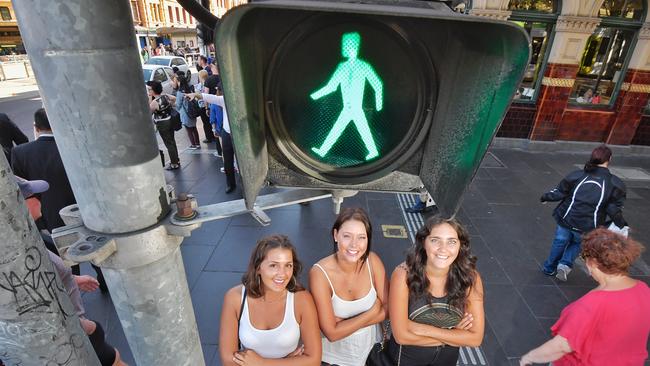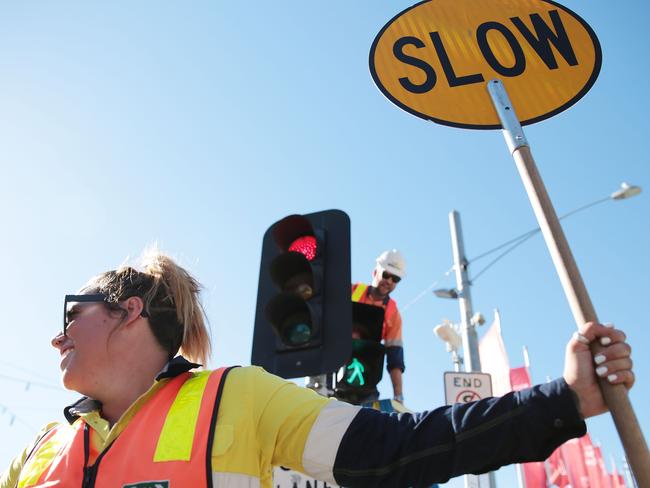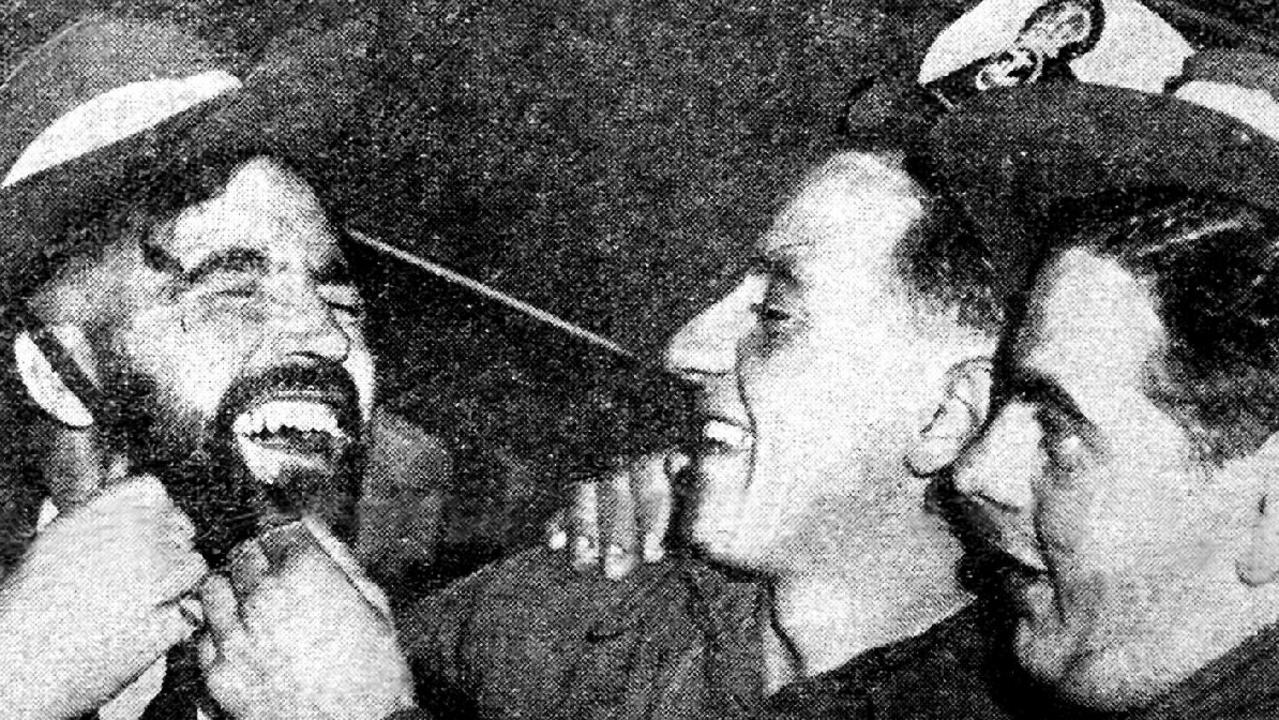Lauren Novak: Better to spend money on stopping gender inequality and domestic violence than on female pedestrian lights
CHANGING the light on a pedestrian crossing from a little green man to a little green lady in the name of gender equality would be a total waste of time and money, writes Lauren Novak

Opinion
Don't miss out on the headlines from Opinion. Followed categories will be added to My News.
- Chiefs for Gender Equality welcome first women members
- Liberals say turning left on red lights will help ease congestion
- Is this the worst intersection in Adelaide’s north?
- SA’s female trail-blazers call for action to achieve gender equality
LET’S not skirt around the issue — changing the light on a pedestrian crossing from a little green man to a little green lady in the name of gender equality would be a total waste of time and money.
Roads authorities across the border in Victoria have approved a 12-month trial to install 10 new pedestrian lights featuring female silhouettes — ie. stick-figures wearing a skirt instead of pants.
The Committee for Melbourne, the group behind the idea, argues that showing only male silhouettes on pedestrian lights reinforces unconscious bias towards men and discriminates against women.
They’re not wrong; it’s just another example of the longstanding bias towards men that is deeply ingrained in elements of our society.
But it is nowhere near the most offensive example, nor the most important to tackle.
If the point is to combat unconscious gender bias, there are a plethora of other places to start.
Recruitment practices for one. Experts have long warned that employers tend to hire people like them — and there are still more men in executive positions than women.

Internationally-renowned Australian lawyer Juliet Bourke has described this as “similarity attraction bias” and warned it can lead bosses to hire and promote their “clones”.
Workplaces can combat this by appointing a person to play devil’s advocate on selection panels, she suggests.
In the longer-term, those behind the challenge to the little green man are seeking changes to the road laws to achieve a one-to-one male and female representation at pedestrian crossings across Victoria.
How about we focus on one-to-one representation in the boardroom first?
Figures released late last year showed only 10 female CEOs among the companies listed on the ASX 200.
Or dollar-for-dollar pay for men and women doing equal work?
Nationally, the gender pay gap has hovered stubbornly between 15 per cent and 19 per cent for the past two decades.
Employers can address this by facing up to the actual pay gap in their organisation through a payroll analysis.
Returning to the “little green man” idea, if you were going to bother making a change at all, why not remove the gender issue altogether?
Instead of a little person, why not just have a little green or red circle, square or triangle indicating when pedestrians should cross or stop?
But really, any change would be a waste of money when there are countless more effective ways to spend taxpayer dough to improve gender equality.
Proven, successful services are constantly battling for federal and state funding.
In South Australia, programs offer security upgrades to the homes of at-risk women, counselling to change the behaviour of abusive men, or financial literacy courses to help women regain their economic independence.
But each June they find themselves at risk of losing their revenue stream because of political debates.
If we take unconscious bias to its most extreme outcome, women are literally dying as a result of male entitlement. We learned this week that 52 murder victims in SA over the past decade were in an intimate or domestic relationship with their killer — and that is usually a man.
Traffic light signals won’t help them.
What will is more crisis accommodation when they escape a violent relationship, counsellors to staff support hotlines, police on the beat to respond to calls for help and magistrates to deal with the enormous volume of domestic violence and intervention order cases before our courts.
Yes, awareness and education are part of the solution — and admittedly the Committee for Melbourne’s suggestion has at least got people talking.
But this could also be achieved through clever media campaigns or respectful relationship programs in more schools.
Information is also key. The Coroner’s office is constantly warning it is unable to fully examine domestic violence deaths and trends because of under-resourcing.
Data on this insidious problem is still frustratingly difficult to collate and we can’t solve a problem we don’t understand.
Basically, any of the above options would be more helpful than spending public money putting skirts on imaginary little green men.



